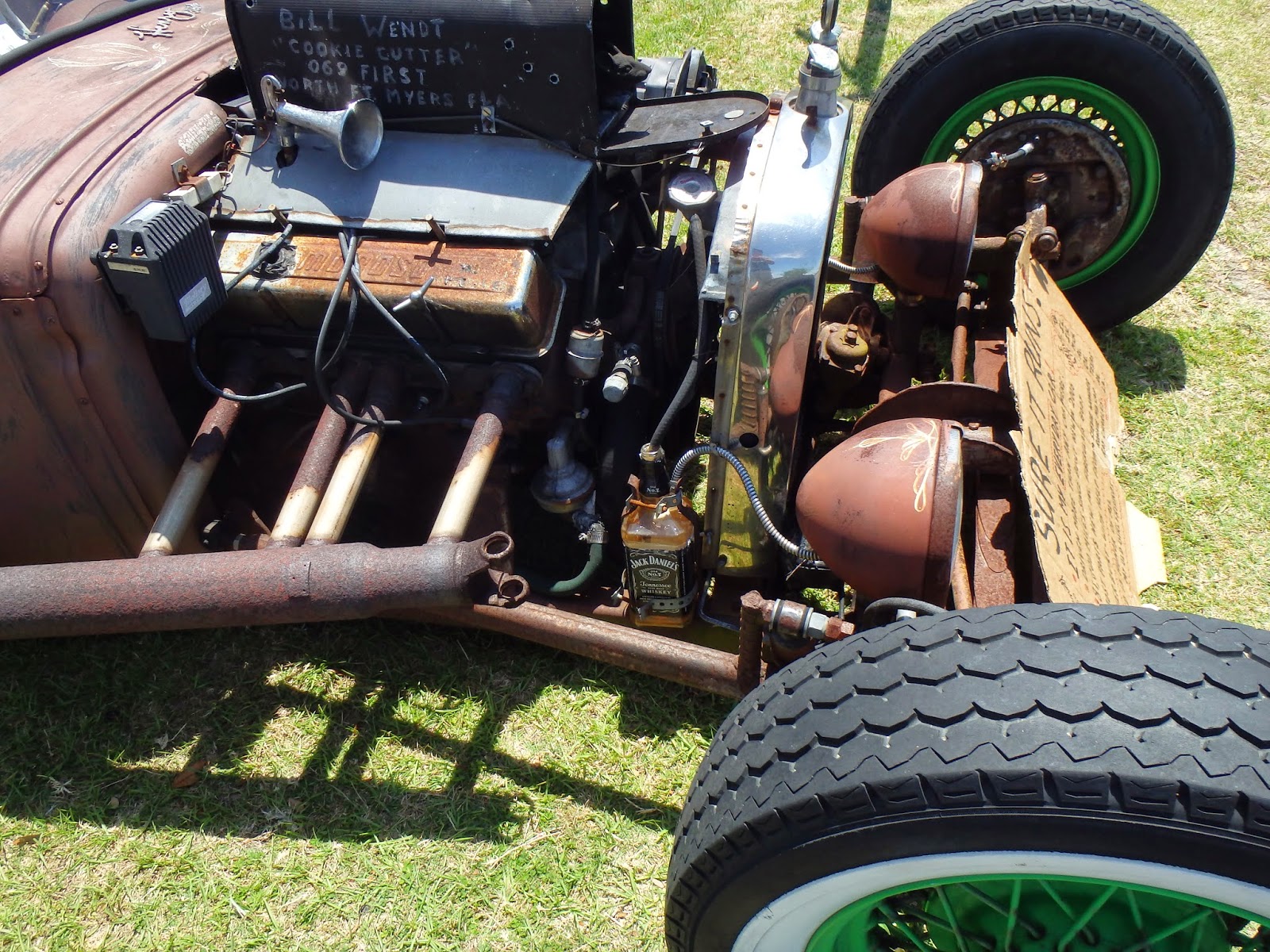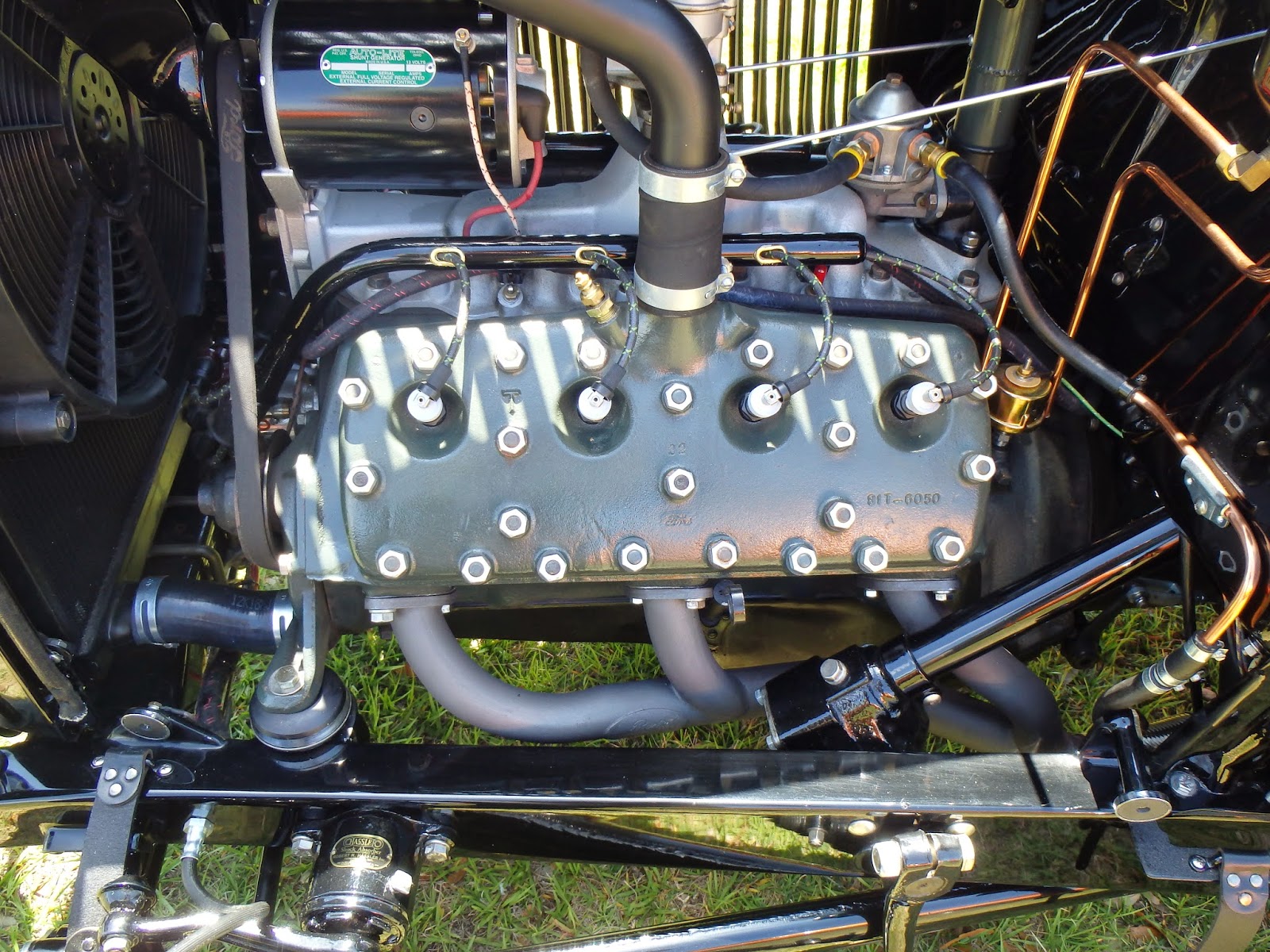The Truth about Preparation, Primers and
Warranty in the DIY Garage Coating Market
In the past 20 years, resinous coating
products (epoxy) formerly used in manufacturing plants have shifted to greater DIY
use. The DIY garage floor coating market
is filled with very good information coupled with much misinformation. The goal of a manufacturer is to sell a product. Product sales are directly tied to ease of
application and cost. When the
application becomes too complex, buyers reject.
When the cost per square foot rises too high, buyers reject. Therefore,
the goal for manufacturers is to make the process “easy” and the cost “affordable”. Unfortunately, easy and affordable can limit the
lifetime expectancy of the coating system.
Preparation
The truth is “acid etching” is a
recommended surface preparation method.
It is recommended if you can’t perform mechanical abrading methods such
as “diamond grinding” or “shot-blasting”.
Acid-etching does not address “laitance”. Laitance is weakness in the surface of the
substrate. Laitance is caused by too
much water, freezing and/or excessive trowel work. Laitance, typically, does not present itself
until you apply an epoxy floor coating system on it. This is not a good time to find out you have
laitance. The availability of hand-held diamond grinding wheels, smaller
diamond grinding machines, brush style grinders and dust control systems should
help eliminate acid-etching as the main method of floor preparation. However,
it is still offered by many manufacturers as it is “easy” and costs “less”.
Primers
Many quality garage coating kits include
a 100% solids epoxy. 100% solids epoxy
makes an excellent base/intermediate coat.
It hides imperfections, has good initial gloss and is a great vehicle
for chips, quartz and color granules.
However, there are (2) Achilles heals to this product. 100% solids epoxy
does not penetrate well. This lack of
penetration into the substrate can cause issues later in the lifetime of the
product. Secondly, it is so thick that
air can become trapped in and cause “volcanoes” or “bumps”. The air can be from a porous surface (epoxy
displaces air in pores, air releases and becomes trapped in coating). Primers are thin and therefore can penetrate
the surface deeply giving the base or intermediate coat a robust lock to the
substrate. Primers are thin and
therefore when they displace air in a porous surface, the air can escape
through the coating without leaving a “volcano” or “bump” on the surface. In addition, primers encourage uniformity in
subsequent coats and extend the coverage rates especially over porous
substrates.
Warranty
Fact is after selling millions of
gallons of product, the coating manufacturer knows when they have a problem
with a product almost immediately.
Batches are tested before packaging.
Tests are recorded and wet samples are kept for one year for further
testing if required. If the product
catalyzes and becomes hard the coating manufacturer did their job. Bumps, volcanoes, peeling, lifting, hot-tire
issues can all be routed back to preparation or application. It is extremely
rare that a coating manufacturer ever pays for a warranty claim and/or supplies
more product based on a customer calling in with a warranty claim. Consumers
should concentrate more upon the quality and responsiveness of the manufacturer’s
customer service and less on warranty.
Good customer service and knowledge is worth its weight in gold!
Summary
In summary, a long lasting and
attractive garage floor system should include a mechanical preparation process,
penetrating primer and a protective clear coat (urethane or polyaspartic). These
items add more cost but help to eliminate risk in the application process and greatly
extend the overall lifetime of the flooring system.











.jpg)


































.JPG)







